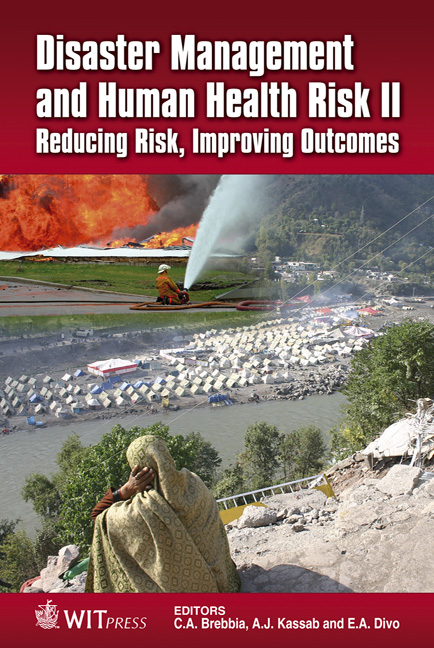Strategies For Crowdsourcing For Disaster Situation Information
Price
Free (open access)
Transaction
Volume
119
Pages
13
Page Range
257 - 269
Published
2011
Size
744 kb
Paper DOI
10.2495/DMAN110231
Copyright
WIT Press
Author(s)
E. T.-H. Chu, Y.-L. Chen, J. W. S. Liu & J. K. Zao
Abstract
When existing surveillance sensors used by a disaster warning and response system cannot provide adequate data for situation assessment purposes, crowdsourcing information collection can be an effective solution: People armed with wireless devices and social network services can be used as mobile human sensors. Their eye-witness reports can complement data from in-situ physical sensors and provide the system with more extensive and detailed sensor coverage. The crowdsourcing strategy used by the system can be random, relying solely on mobility of individuals for coverage of the threatened area; or crowddriven, with the system providing situation updates as feedback to aid the crowd; or system-driven with individuals moving in response to directives from the system. The relative merits of the strategies clearly depend on the disaster scenario and the characteristics of the crowd. This paper presents a general crowd model for characterizing individuals within a crowd and the crowd as a whole and an abstract mobility model of crowd movements in the threatened area. The models can be specialized to characterize different disaster scenarios and crowds, and used in the simulation of the crowdsourcing strategies for evaluation purposes. Data on relative performance of different strategies for two types of disasters were thus obtained. Keywords: crowdsourcing, disaster management, crowd mobility model.
Keywords
crowdsourcing, disaster management, crowd mobility model




